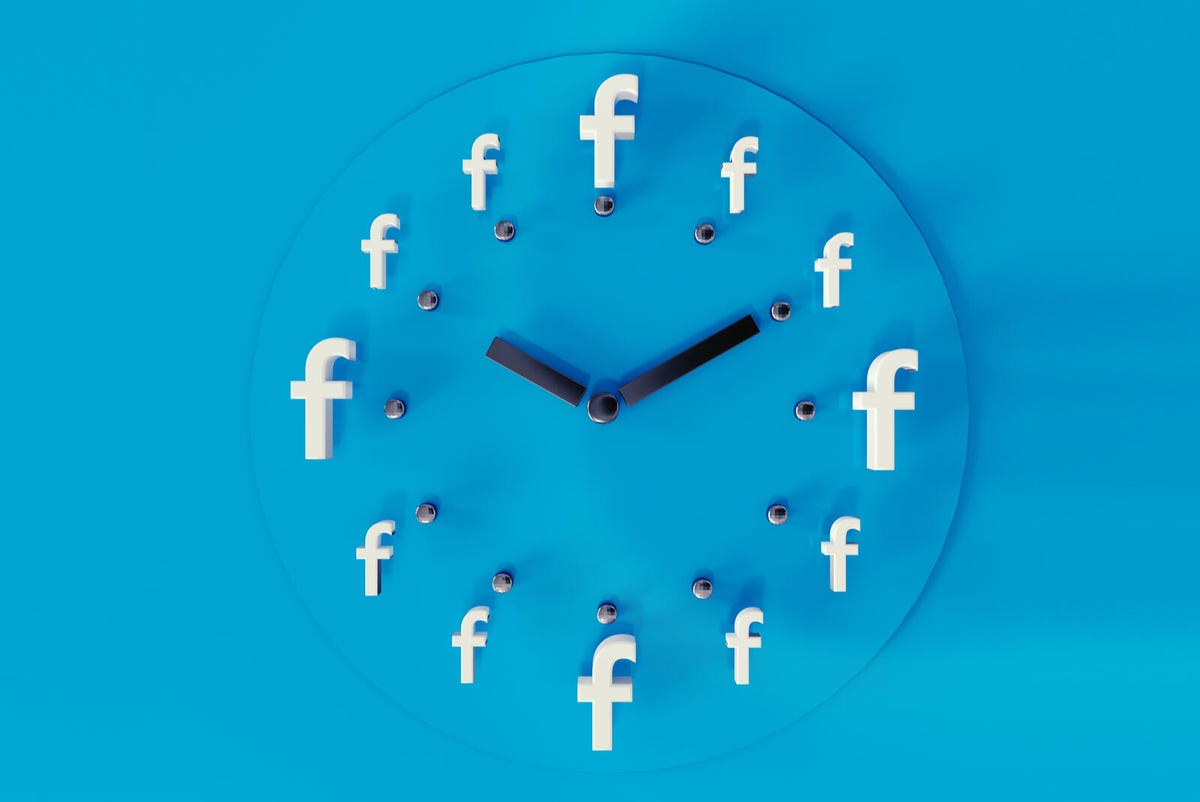
We rarely think about keeping time. As Chicago sang in the 60s, "Does anyone really know what time it is? Does anyone really care?[1]" But, technically, we care a lot.
Our technology can't work worth a darn if the Network Time Protocol (NTP)[2] isn't keeping our servers and PCs coordinated with one another. Without it, backups would fail, financial transactions would go awry, and many fundamental network services wouldn't work. To help with these issues, Facebook started making its internet clocks more accurate[3] in 2020. Now, the social media giant is open-sourcing its technology, Time Appliances Project (TAP)[4], and enabling anyone to turn a commodity server into a reliable NTP time appliance.
Today, Facebook uses a multi-layered time server architecture to keep time. It's made up of satellites with precise atomic clocks at the top. Facebook's own atomic clocks sync with one of these, forming the second layer.
These atomic clocks and their brethren make up the internet's primary time-keepers: Stratum-0 devices. Below those are the stratum-1 timekeepers, which bridge the gap between atomic clocks and networked computer clocks. These then connect with everything else needing accurate timekeeping using NTP.
Facebook -- instead of relying on ntpd[5], NTP's widely used reference implementation -- to synchronize clocks, it uses chrony[6] another NTP implementation of the NTP, and Extended NTP[7]. To be exact, Facebook is using the IEEE 1588 Precision Timing Protocol (PTP)[8] to create a PTP profile for data center applications and network infrastructure. The bottom line is that Facebook times are in the more accurate microseconds instead of the more commonly used milliseconds.
Now, you may think: "Who cares?" Cue that song again. But, actually, you should care.

